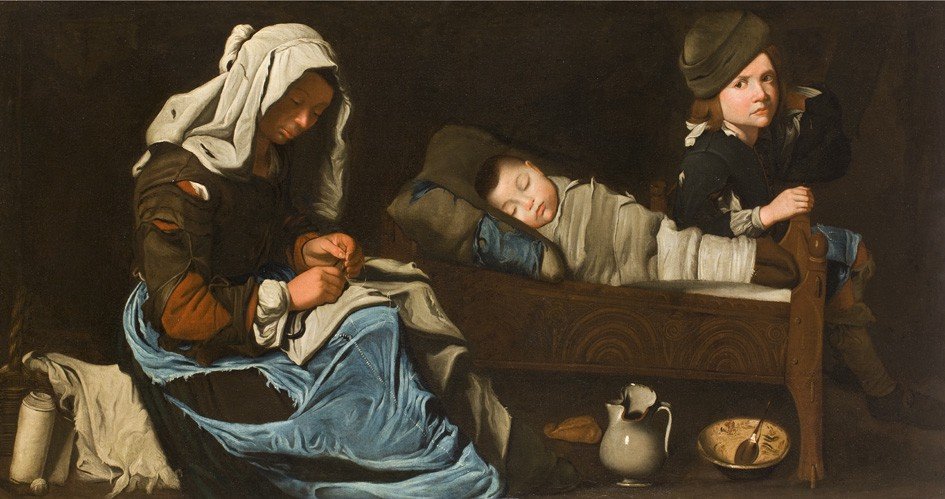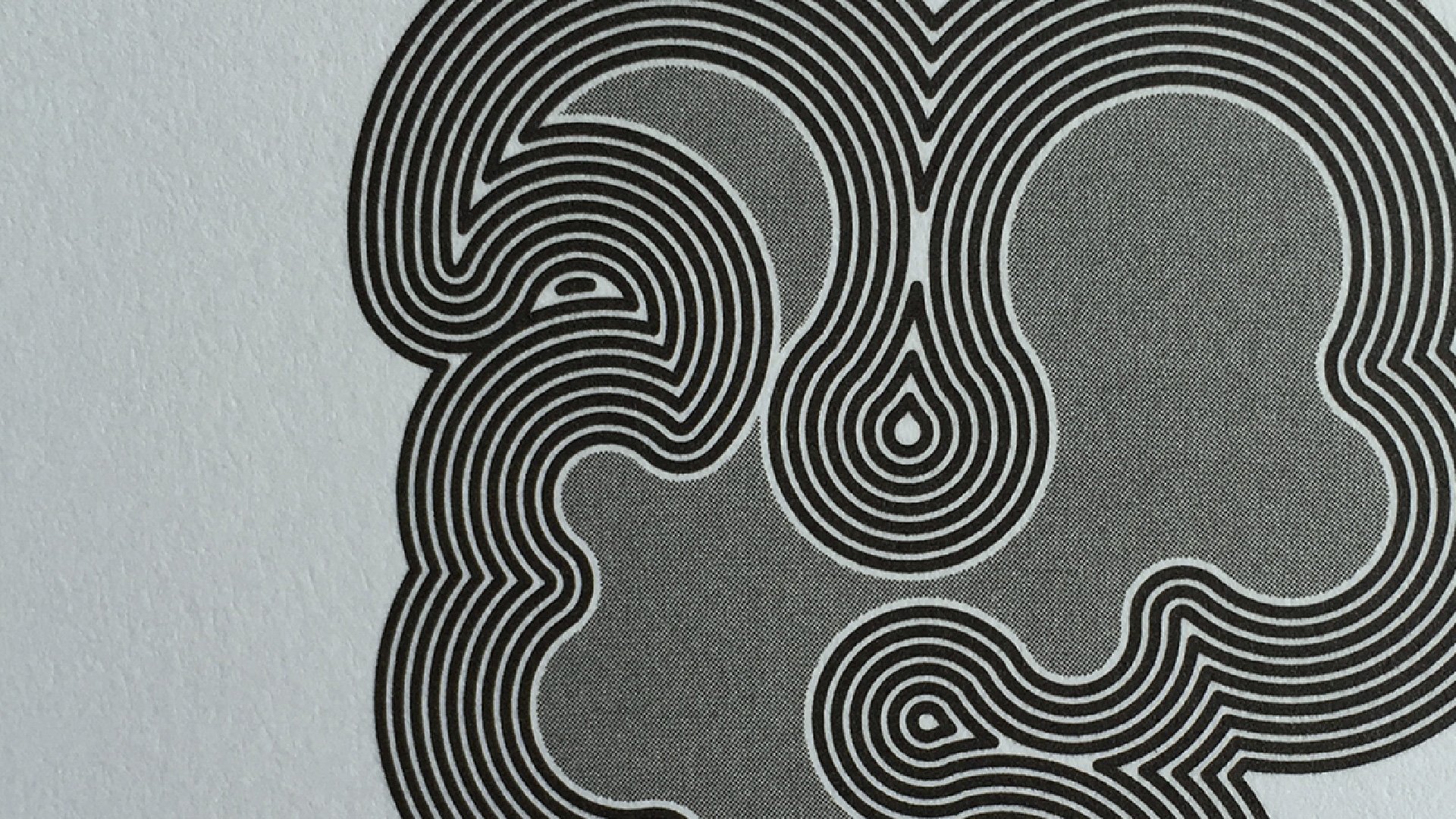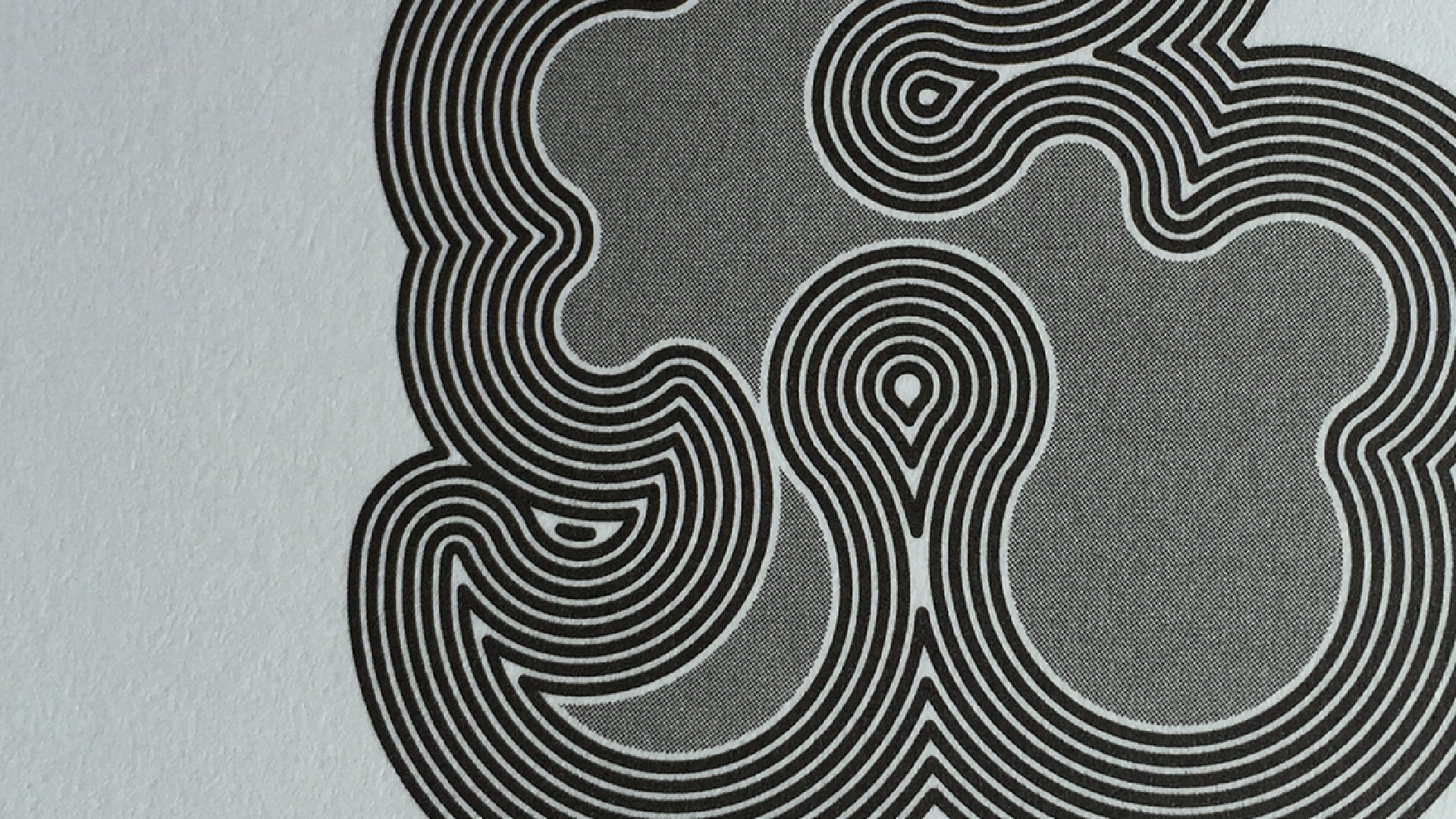The Halcyon Days
The evolution of denim from its early beginnings in the 1500s, to the 1850s- in Europe

Halcyon days of denim – somewhere near where it all began, in the 1500s and 1600s
While a denim predecessor namely the dungaree has been produced in India for centuries, denim as it is now recognised was first produced in Genoa, Italy (and soon to follow also in Nimes, France).
Think Medieval Europe during the Renaissance (the 15th to 16th century). Think European trading ports. Think Genoa, a key maritime and military base, also a trading hub exporting materials throughout Europe. It was the Maritime Republic of Genoa in Liguria from the 11th century until 1797. A major commercial power, and also one of the financial centres of Europe at the time. The Genoese navy played a pivotal role here. The importance of the Genoese navy was recognised throughout Europe. There was ongoing rivalry with Venice for dominance in the Mediterranean sea. Genoa was then conquered by the first French Republic under Napoleon and annexed to the French empire in 1805, but then in 1815 was annexed to the Kingdom of Sardinia sometime after the defeat of Napoleon.

Genoa and ‘Geanes Fustian’
Genoa was famous for its ‘Geanes Fustian’, a coarse and hard wearing twill fabric made from a blend of cotton and linen and/or cotton and wool and was originally purposed as sailcloth. Later it was adopted by sailors as work wear and then also as clothing for poor people, because of its heavy duty wearability in harsh living conditions.
The Master of the Blue Jeans
Woman Begging with Two Children
ca. 17th Century
The Master of the Blue Jeans
A Beggar Boy with a Piece of Pie
ca. 17th Century
The Geanes Fustian was dyed with either Indigo or Woad, both plant-based dyes, Woad being the European grown substitute for Indigo (of the Indigofera Tinctoria plant grown in tropical climates such as South Asia, and South America).
The Geanes Fustian fabric also became a staple for sailors in the Genoese Navy and through them it was popularised leading to its export to France and the UK.
From the 1800s it also became known as ‘blue de Genes’ (blue from Genoa, ‘Genes’ being Genoa’s French name). The term ‘jeans’ first appears in 1795 when a Swiss banker called Jean-Gabriel Eynard and his brother Jacques went to Genoa to start textile affairs, and started furnishing General Massena’s troops with uniforms cut from blue cloth called ‘bleu de Genes’.
The English on the other hand also imported a ‘cloth from Jeane’ (from Genoa) as early as the 1600s to make farmers overalls. The fabric content of bleu de Genes evolved such that by the mid 1800s it will have been closer to 100% cotton.
Right up to the end of the 1700s the ‘jeans’ fabric will have been hand-woven on hand-looms, and the yarn making up the threads will have been hand-spun on spindles, such as in a spinning wheel or spinning jenny.
Then from the 1800s right through to the early 1980s the fabric will have been woven on power operated shuttle-looms, and the yarn still either hand-spun (on a spinning wheel, or a spinning jenny), or from the 1850s on power-operated ring-spinning machines such as the Ring Frame - turning the raw material (cotton) into thread by a similar action (as in the spinning wheel) of rolling the fibres into shape via spindles, delivering the same compactness, quality and integrity of yarn- as in the traditional method of the spinning wheel.
Basic hand loom (for weaving the spun yarn into fabric) - as used circa 17th century
Hand loom (for weaving the spun yarn into fabric) - the mechanics of
Manually operated flying shuttle loom (for weaving the spun yarn into fabric) - as invented by John Kay in 1733
Manually operated flying shuttle loom (for weaving the spun yarn into fabric) - as used in industry circa 1750 to 1850

Fully automated flying shuttle loom (for weaving the spun yarn into fabric), as first developed by the Draper Corporation in 1894.
Cone Denim’s DRAPER X3 shuttle loom, at their White Oak facility in Greensboro, North Carolina USA
Woman with Irish spinning wheel (for spinning the raw cotton into thread), circa 1912
Spinning Jenny -
as in James Hargreaves’ Spinning Jenny (for spinning the raw cotton into thread), patented in 1770
Ring spinning - the Ring Frame (for spinning the raw cotton into cotton thread), as invented in 1829 and credited to John Thorpe of Rhode Island, Massachusetts USA
Ring-Frame (for ring spinning the raw cotton into cotton thread), 1920s

Ring spinning - Ring Frame, circa 1980
Serge de Nimes
Starting just a little later than Genoa, from around the late 1600s to early 1700s Nimes in France had a booming textile industry which specialised in silk, and with large factories making it the third largest industrial French city after Paris and Lyon.

Nimes, circa 1780
Nimes manufacturers were also the top French producers of hosiery, woollen sheets and shawls, which they exported across Europe.
Naturally they tried to replicate the Genoan jean fabric with their own fabric called Serge de Nimes- serge being a twill fabric of a white wool and silk blend (originally) and said to have been invented by shepherds in the Cevennes mountains in an effort to create an even harder wearing cloth than the Geanes Fustian (silk being the toughest natural fibre out there)- something hardy enough for their work in the mountains. This was later, like the Genoan jean fabric, indigo dyed – but only for their warp threads, with the weft threads left white (whereas the Genoan fabric was dyed with indigo both for its warp and weft).
There is a question as to whether the Serge de Nimes is a true predecessor of denim as, whereas denim in the UK was always associated as being made of cotton, the claim is that Serge de Nimes never was.
Although it is equally possible that by the late 1700s Serge de Nimes evolved from wool and silk to wool and cotton, and then to 100% cotton- all the more likely with the explosion in the cotton industry around the time.

Indigofera Tinctoria
Indigo
Pre-1500s indigo was very expensive and in short supply in Europe, considered a luxury item fit only for the royal courts and used as currency now and then.
Derived from the tropical plant, Indigofera Tinctoria, it had to be imported from tropical countries, and it was subjected to crippling duties by successive Persian, Levantine and Greek authorities- until a sea route to India was discovered in 1497 by the Portuguese politician and explorer Vasco da Gama.
And although Woad (derived from the European grown Statis Tinctoria plant) was a cheaper indigo substitute it had only one thirtieth of the yield and so wasn’t in the event that viable.
Teramo Piaggo, the Genoese artist, is credited as being the first to dye the Geanes Fustian fabric blue, when in 1538 he used the cloth as canvas dyed blue for his Passion of the Christ, exhibited today in the Diocesan museum of Genoa.
As far back as the 1700s Indigo enthusiasts in Europe also found what they were seeking in the American colonies- settlers there, thanks to Eliza Lucas, the savvy entrepreneur who – being the daughter of an 18th century colonial governor in the Caribbean- jump started the Southern US economy with indigo production, bringing in the invaluable expertise of West African slave people already skilled in the growing and processing of the Indigo plant. In the 1700s the trade Republic of Genoa became the largest buyer of this indigo dye from the United States.

Vasco da Gama, in India
circa 1498
Painting on a canvas of jeans representing the Passion of Christ (1538). This work is attributed to Teramo Piaggio, exhibited today in the Diocesan museum of Genoa.
Eliza Lucas-Pinckney (1722 - 1793)
_______________

“Garibaldi a Marsala” (11 May 1860)
by Gerolamo Induno, oil canvas 1861
Garibaldi
Giuseppe Garibaldi, a former Ligurian (Genovese) sea captain, also credited as one of the founding fathers of modern Italy, cuts an impressive figure in his ‘bleu de Genes’ that was part of his uniform and also his signature style, as it was for his naval colleagues.
Natural indigo (as seen here, and in the picture of Garibaldi in his red shirt and jeans below) is typically of a lighter blue colour than the deeper hue of the synthetic indigo used today - synthetic indigo being the go-to method for dying denim since the beginning of the 20th century.
Notice you can almost see the depth of cast and also texture in the dyed fabric here.
Cross reference that with a note from a Times correspondent who said, writing from the south of Italy on 13th September 1860,
“I had my first interview with a disinterested and brave liberator of Italy in his red shirt, a dirty pair of jean trousers and worn out boots”.
And you can begin to get a sense of jeans then as in real terms the equivalent of what would be today premium denim close to $300 at retail- but without the cachet (that you get today).
Albeit they were still begrudgingly accepted as a bona fide workwear staple, even for a high-ranking officer (or a General) - and that’s no doubt something to do with some latent appreciation of its inherent, dyed-in-the-wool fabrication (no pun intended).
Garibaldi in red shirt and jeans, circa 1860
Garibaldi a Marsala, 11 May 1860
_______________
__________
site edited by Sheel Khemka BA (OXON)
© 2022.

















